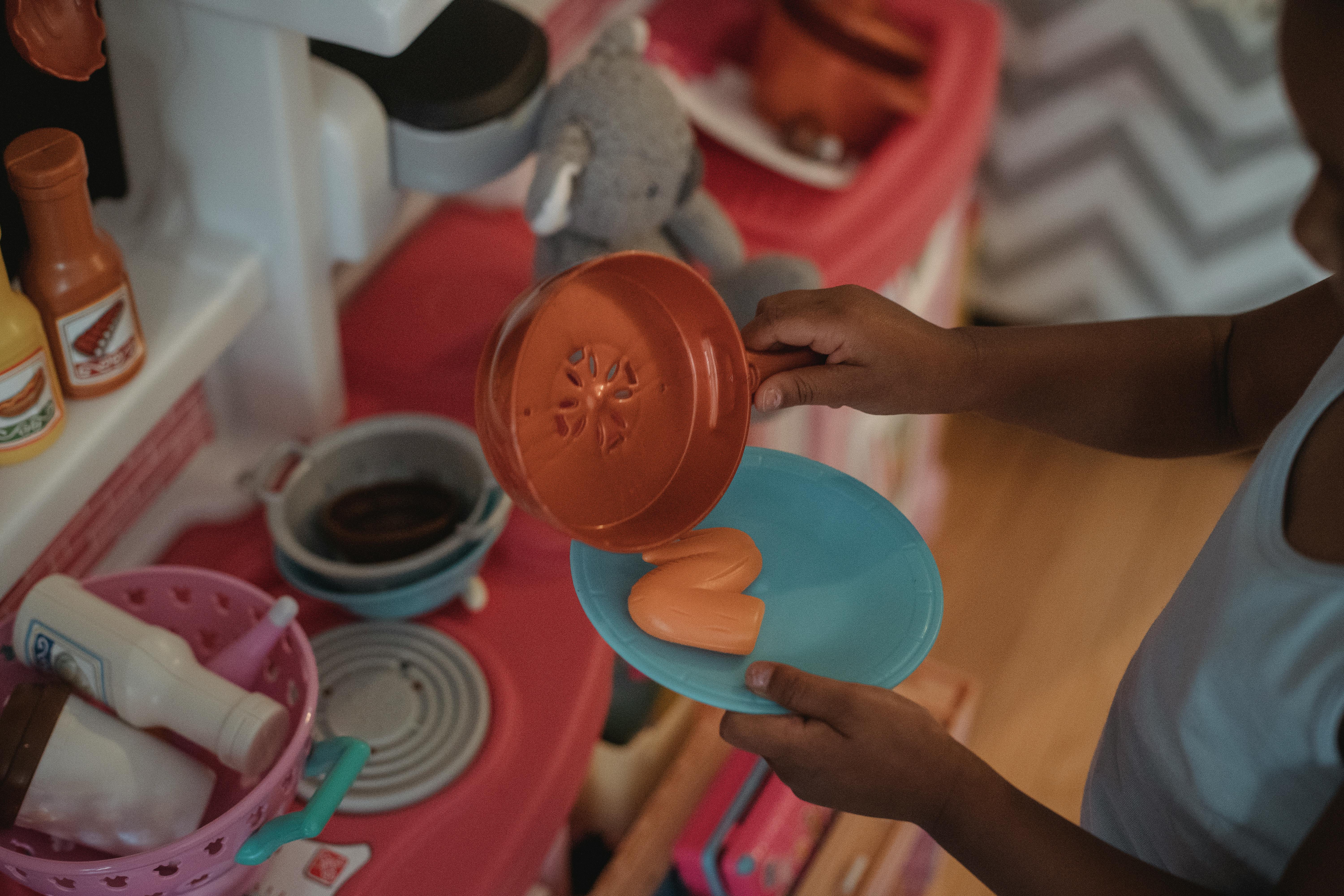
You can build a quality, comfortable home that uses significantly less energy for heating and cooling. A SIP house is one way to do it.
Ask: What is a SIP house and should I build one?
Reply: SIP stands for Structural Insulation Panel. But what is it that?
In some ways, a SIP house is just like any other traditional “stick built” or “site built” house. You would never know, just from the outside appearance, that it was a Structural Insulated Panel home once it was completed. There is nothing magical or strange about it. But, it is certainly different in its structure and ability to save energy.
A SIP house is a house made with engineered exterior wall panels of OSB, cement board, or plywood fused to an interior foam core. These panels can also be used for floors and ceilings. Due to engineering and manufacturing techniques, SIPs become structural components that are often much stronger than traditional frames.
What are the benefits of using SIP?
These panels create a tighter seal and protection from the outside world. They really do maximize energy consumption in your home. However, the efficiency of SIP panels demands more efficient windows, appliances, and heating and air systems. You really want to make sure that the efficiency value of the walls is not lost on other parts of your home.
They are considered a “green building approach” due to the fact that they reduce the use of wood during construction and require less energy for heating and cooling the home.
Are they worth your investment?
Depending on the cost of labor and materials in your area, SIP houses can cost three to five percent more than traditional stick-built houses. But you can often reduce home energy use by 30-60%, resulting in lower heating and cooling bills. And, as fuel costs rise, the benefit only grows over time.
Due to the added cost of construction, it makes more sense if you can live in the home for a few years to maximize the economic value you receive.
Please continue your research and be sure to check out various SIP styles and options.